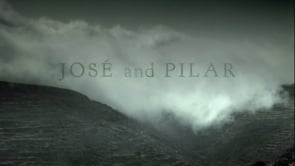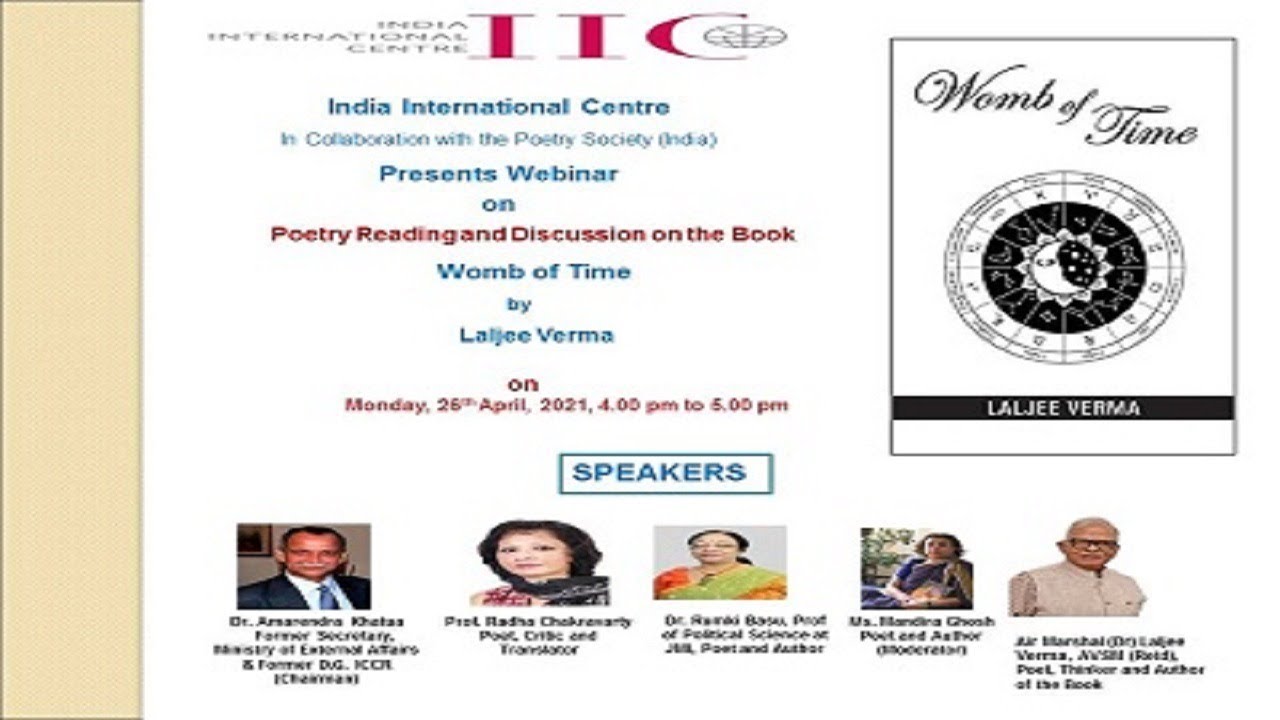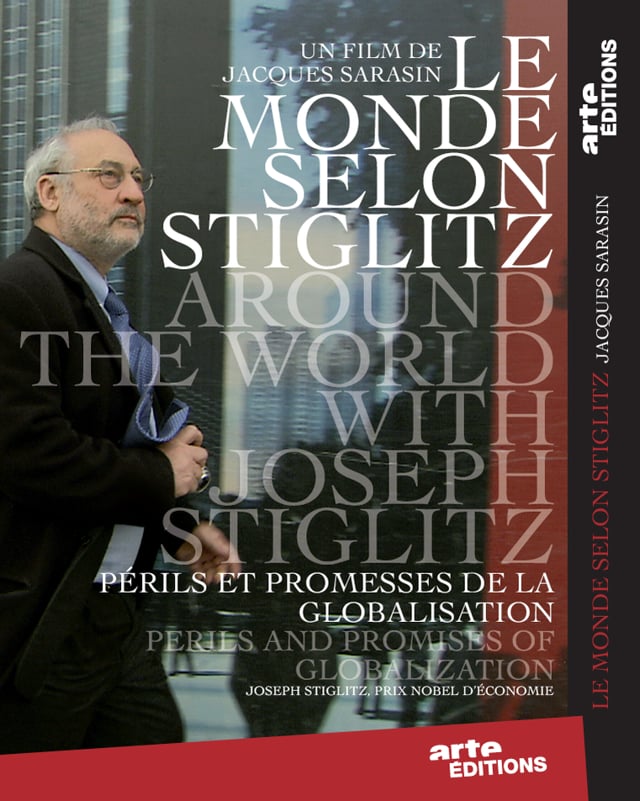An exhibition of Japanese woodblock prints known as ukiyo-e or “pictures of the floating world”, one of the most important genres of art of the Tokugawa period (1603–1867) in Japan.
This online exhibition is on view from 26th April to 9 Mary 2021.
About the exhibition
Ukiyo-e were woodblock prints that depicted aspects of the pleasure quarters (euphemistically called the “floating world”) of Edo (modern Tokyo) and other urban centres. Common subjects included famous courtesans and prostitutes, kabuki actors and well-known scenes from kabuki plays, and erotica. The pleasure quarters, or yukaku, were popular gathering places for the chonin, or urban working class.
Ukiyo-e developed in the city of Edo during the Tokugawa or Edo Period. These two names refer to the relatively peaceful 250 years during which the Tokugawa shoguns ruled Japan and made Edo the shogunate seat of power. The social hierarchy of the day, officially established by shogun rulers, placed the merchants, the wealthiest segment of the population, at the lower end of the scale. With their political power effectively removed, the merchant class turned to art and culture as arenas in which they could participate on an equal basis with the elite upper classes (warriors, farmers, and artisans). It was the collaboration among the merchants, artists, publishers, and townspeople of Edo that gave ukiyo-e its unique voice.
Ukiyo-e also includes paintings done by brush but in general refer to Japanese woodblock prints. The techniques used in woodblock printing were imported from China and used for printing Buddhist scriptures and their illustrations. Beginning in the 1660s, artists began to use the technique for single-sheet, stand-alone prints, rather than just text illustrations. The artist Hishikawa Moronobu (1618-1694) was the first to make a single-sheet print, triggering rapid progress in woodblock printing.
Early ukiyo-e were referred to as sumizuri-e (black ink prints) and were printed on washi paper with sumi (black ink). People began to want prints with colour so tan, a pigment made from sulfur and mercury, was used to paint colours onto the prints. These were called tan-e. In the eighteenth century, these were joined by beni-e, which used a pigment extracted from safflowers, and urushi-e, which used black lacquer.
By the mid-eighteenth century, artisans were able to make up two- and three-color prints. The appearance of the benizuri-e was a major breakthrough. Following on from benizuri-e, Suzuki Harunobu (1725-1770) mastered a process that accommodated an array of colours. The resultant prints were called nishiki-e or “brocade pictures”.
Although nishiki-e were initially quite expensive, the price soon dropped until they cost roughly the same as a bowl of noodles. Making ukiyo-e is a collaborative process. First, the publisher commissions a painter to create the original design, called a hanshita-e, by painting it on paper with black ink. After the painting was passed by the censors, it was pasted onto a block of wood and carved by the carver, and finally, printed by the printer.
At the time, the publisher played an extremely important role. One renowned publisher, Tsutaya Jūzaburō (1750-1797) discovered and employed such talented painters as Kitagawa Utamaro (1753-1806), Katsushika Hokusai (1760-1849), and Tōshūsai Sharaku (active years 1794-1795). Ukiyo-e were sold by special shops called ezōshiya, or by street hawkers or peddlers who handed them over to customers rolled up in cylindrical form, similar to the way in which posters are sold today.
Ukiyo-e made popular souvenirs of Edo as they were not heavy or bulky. They were not unseated from their position of popularity until the invention of photography in the nineteenth century.






































































